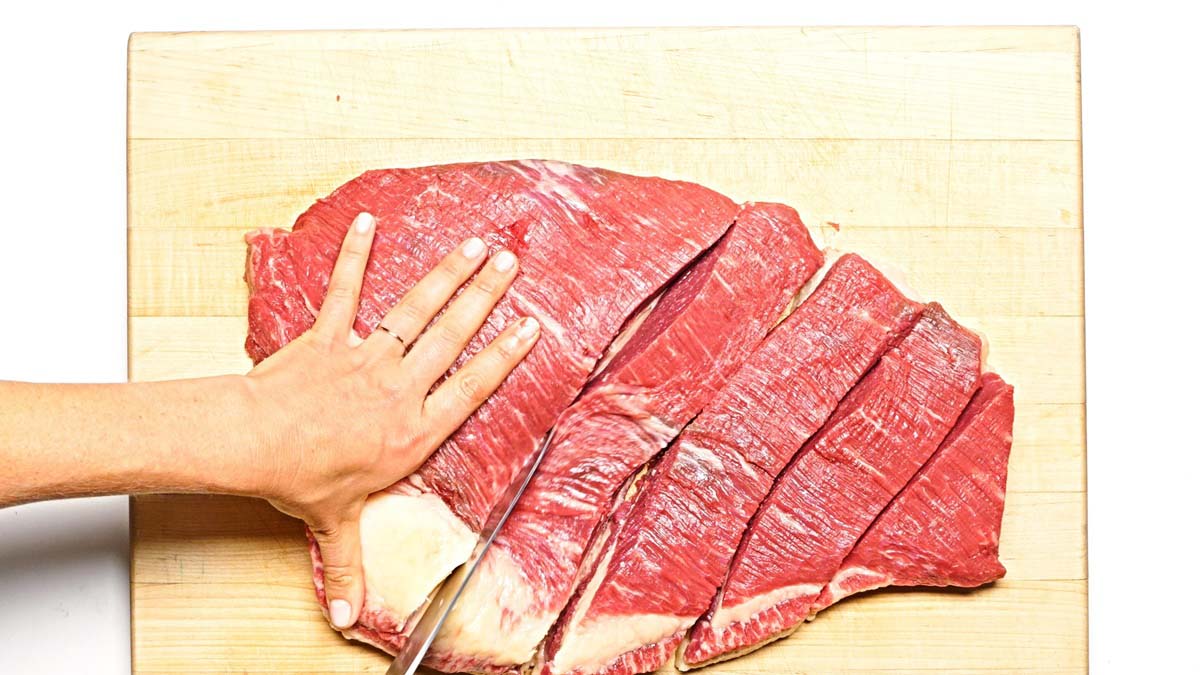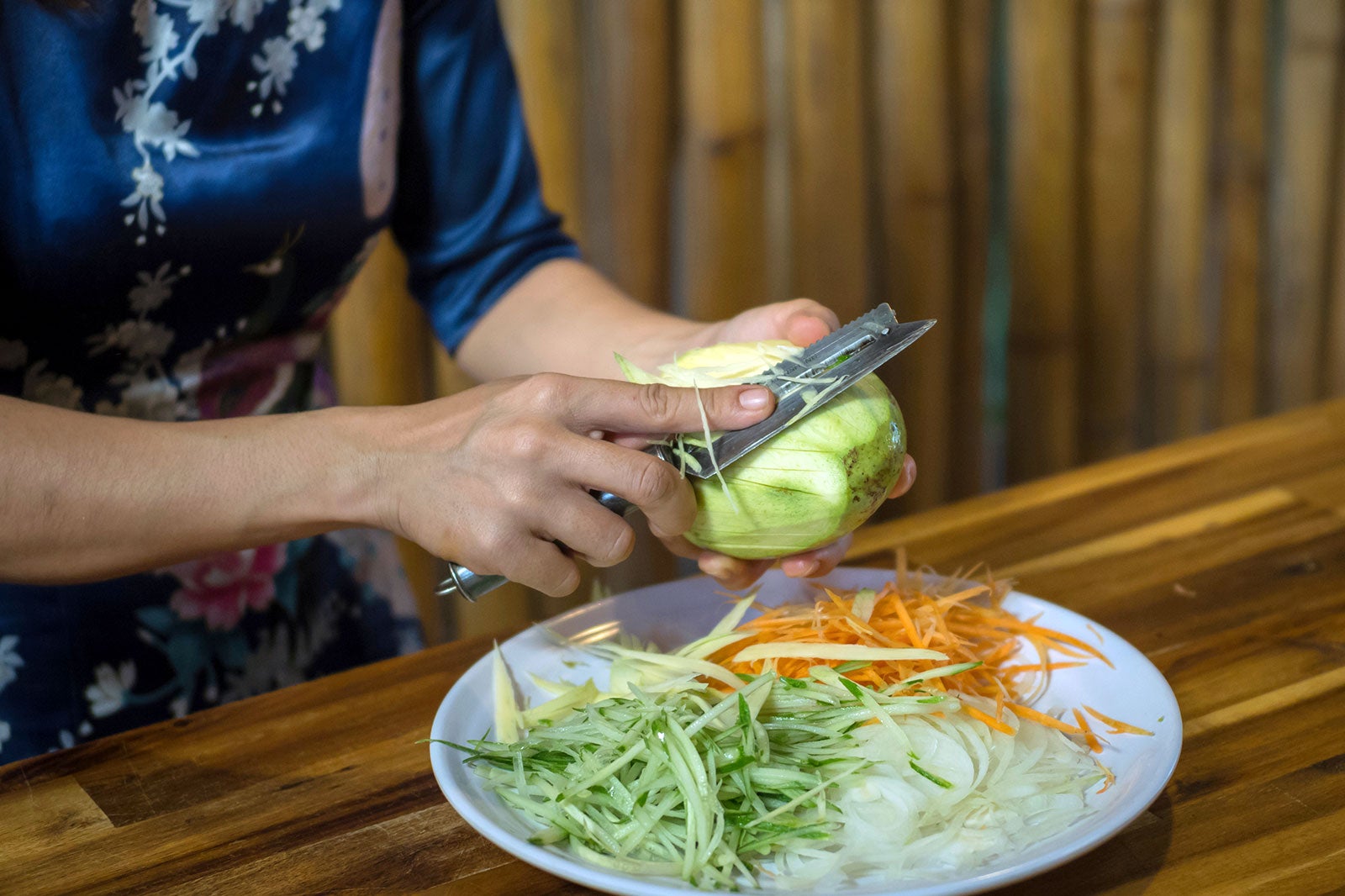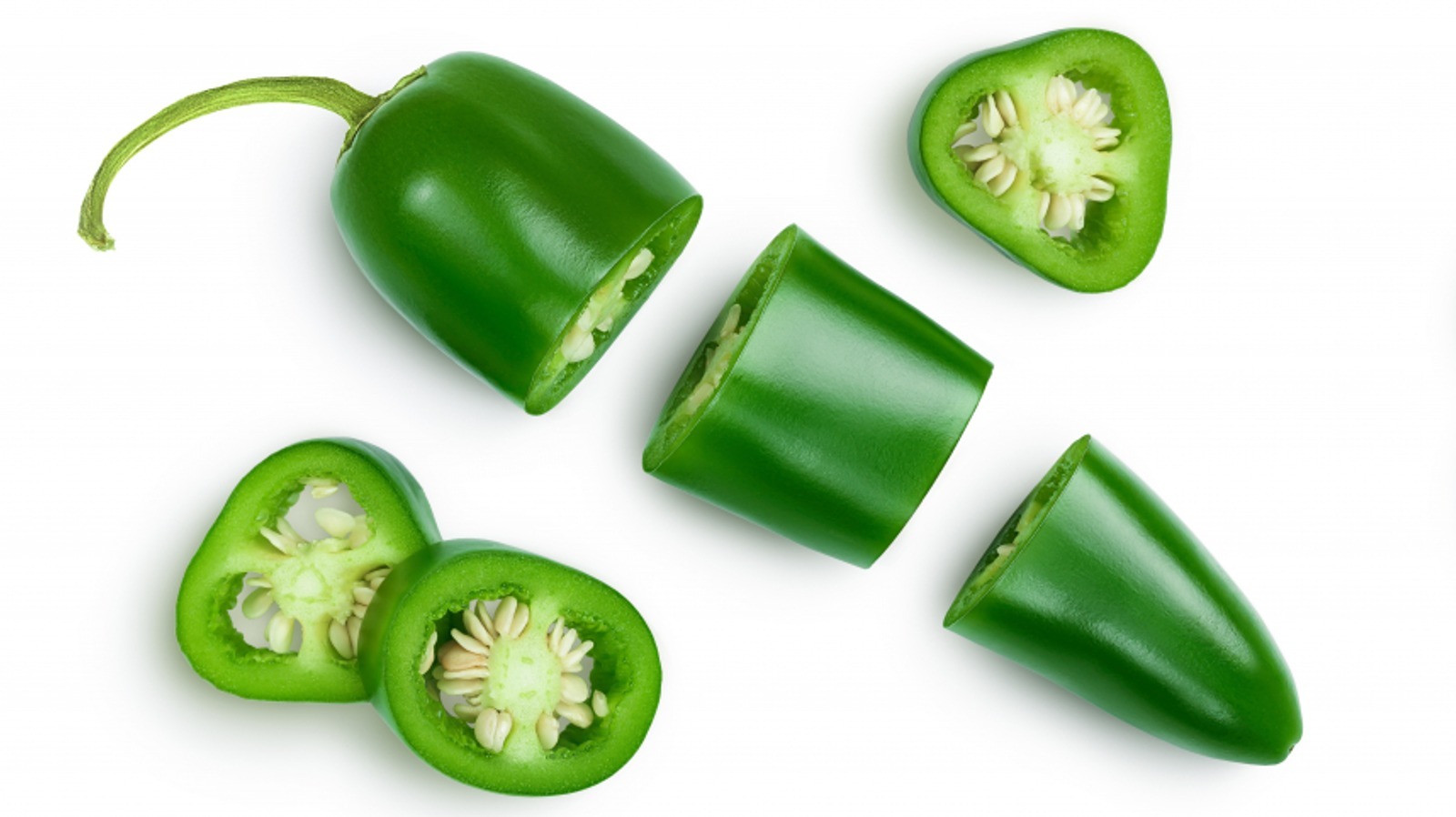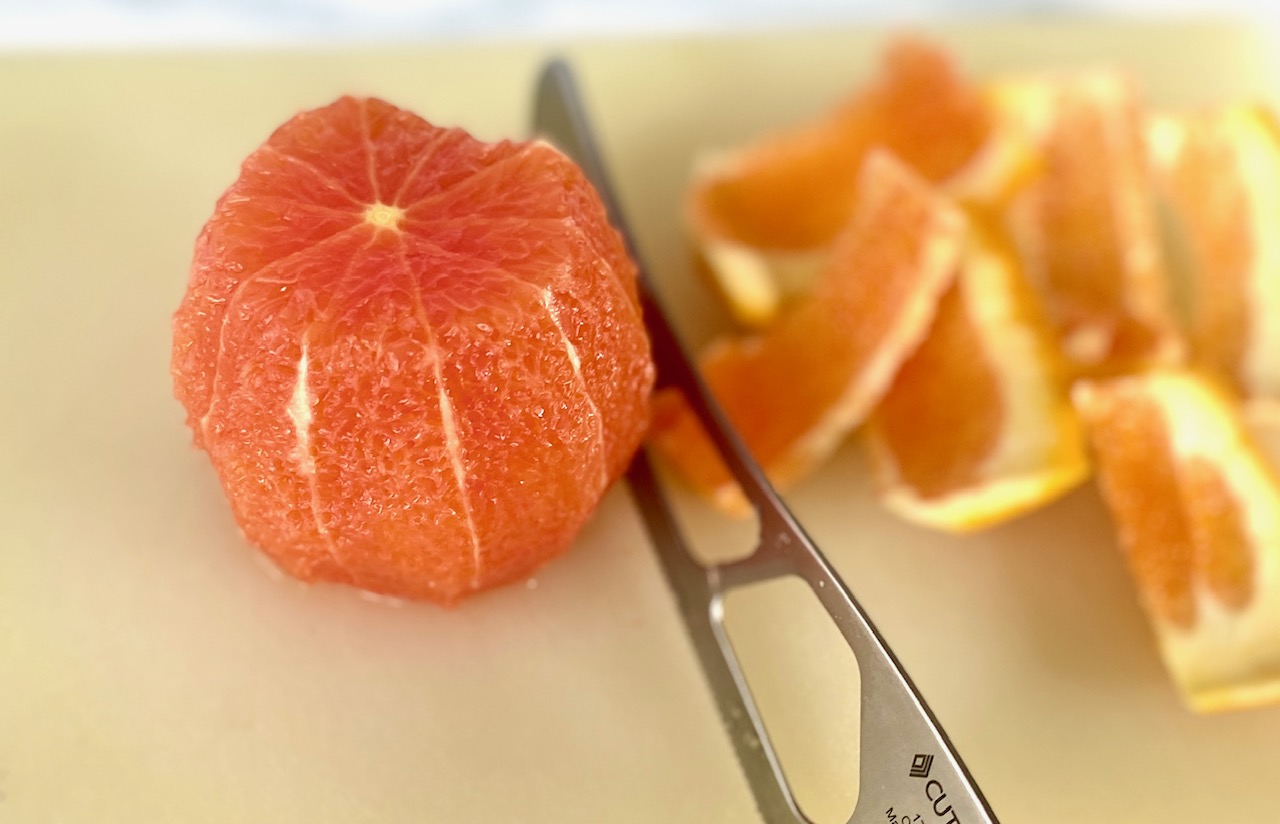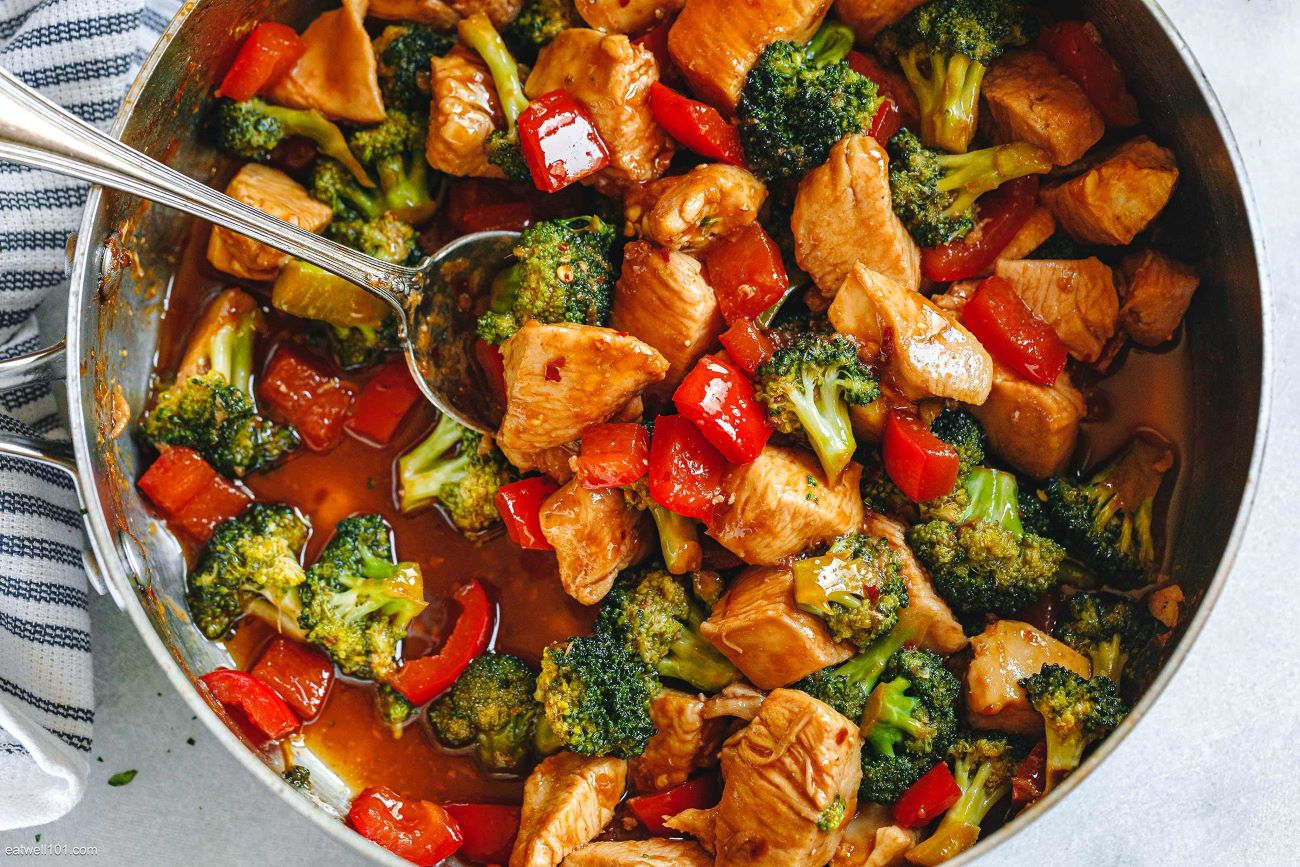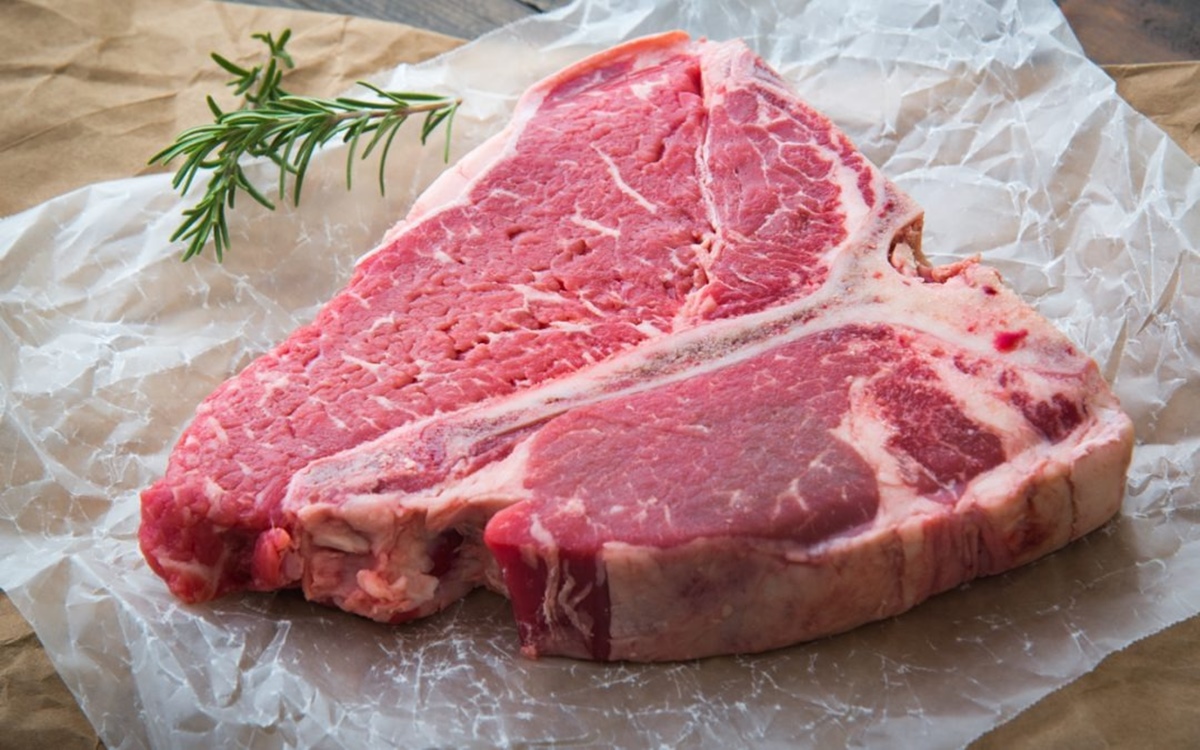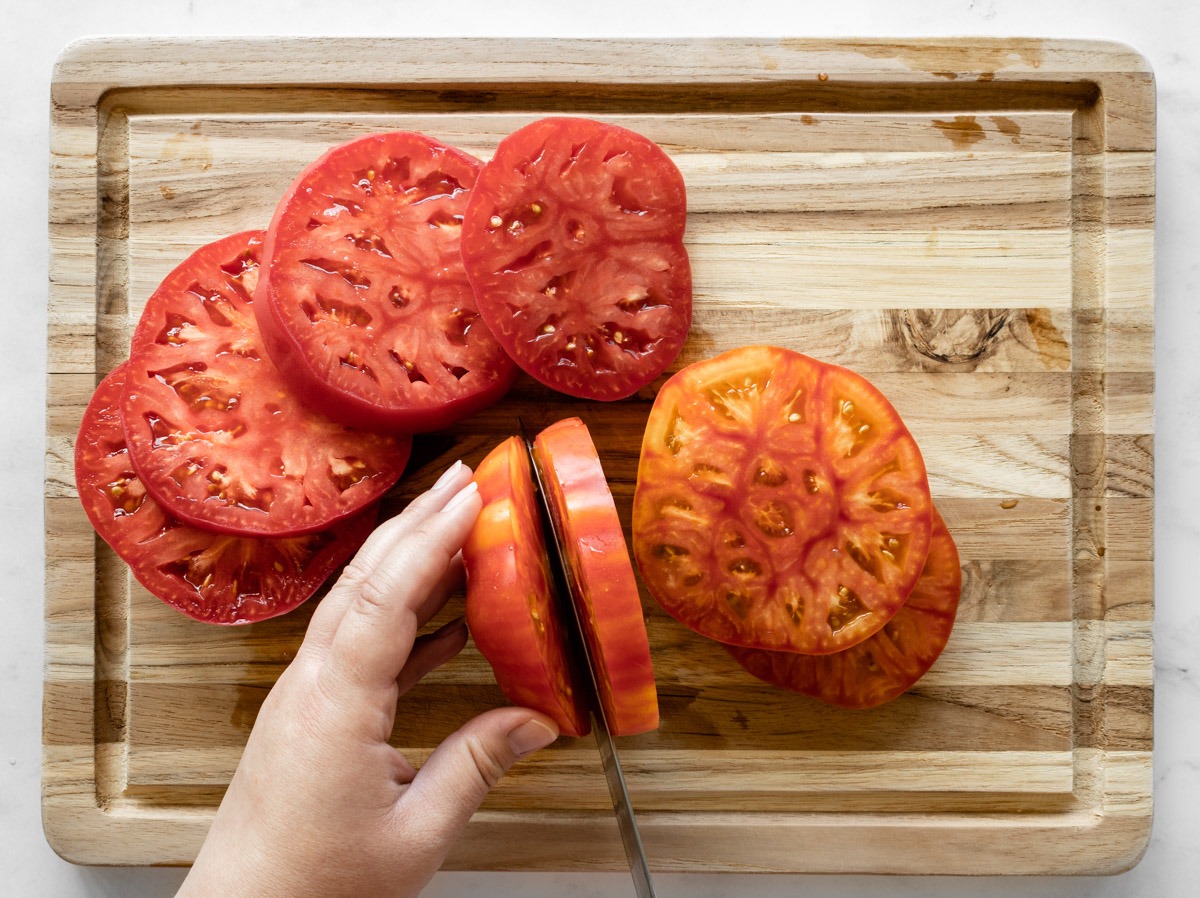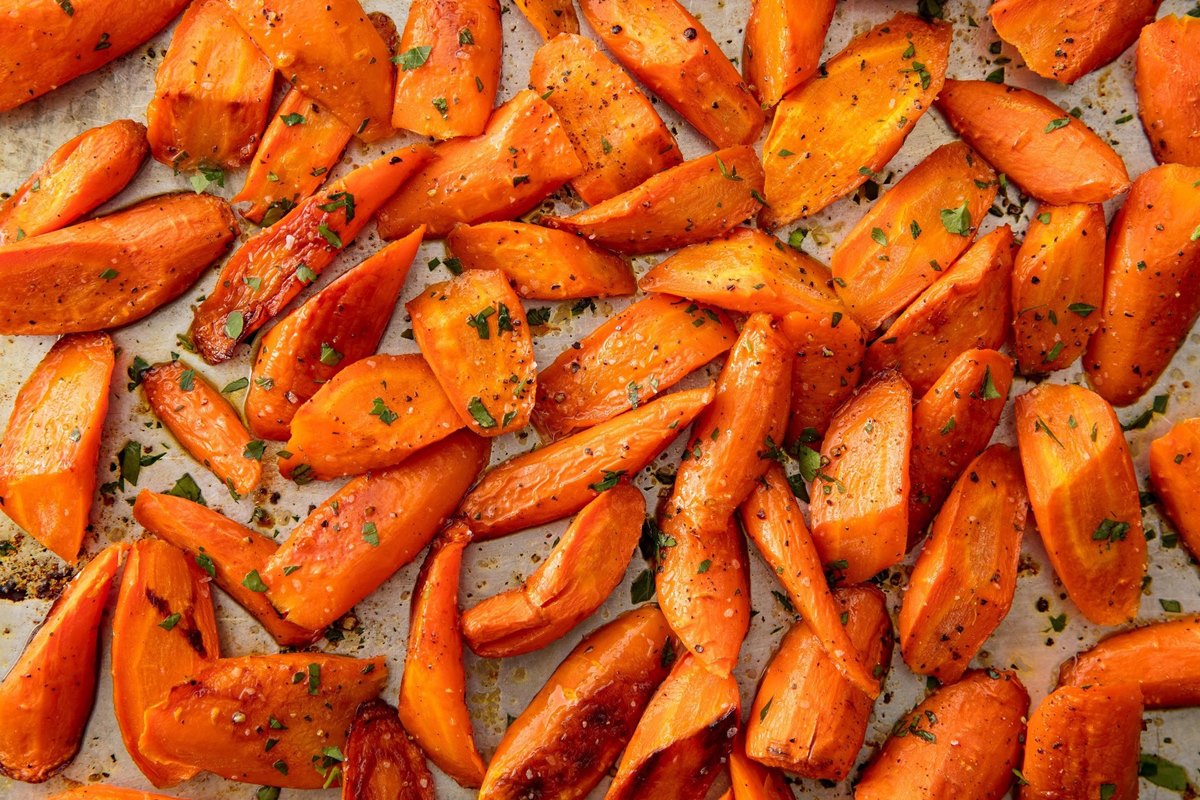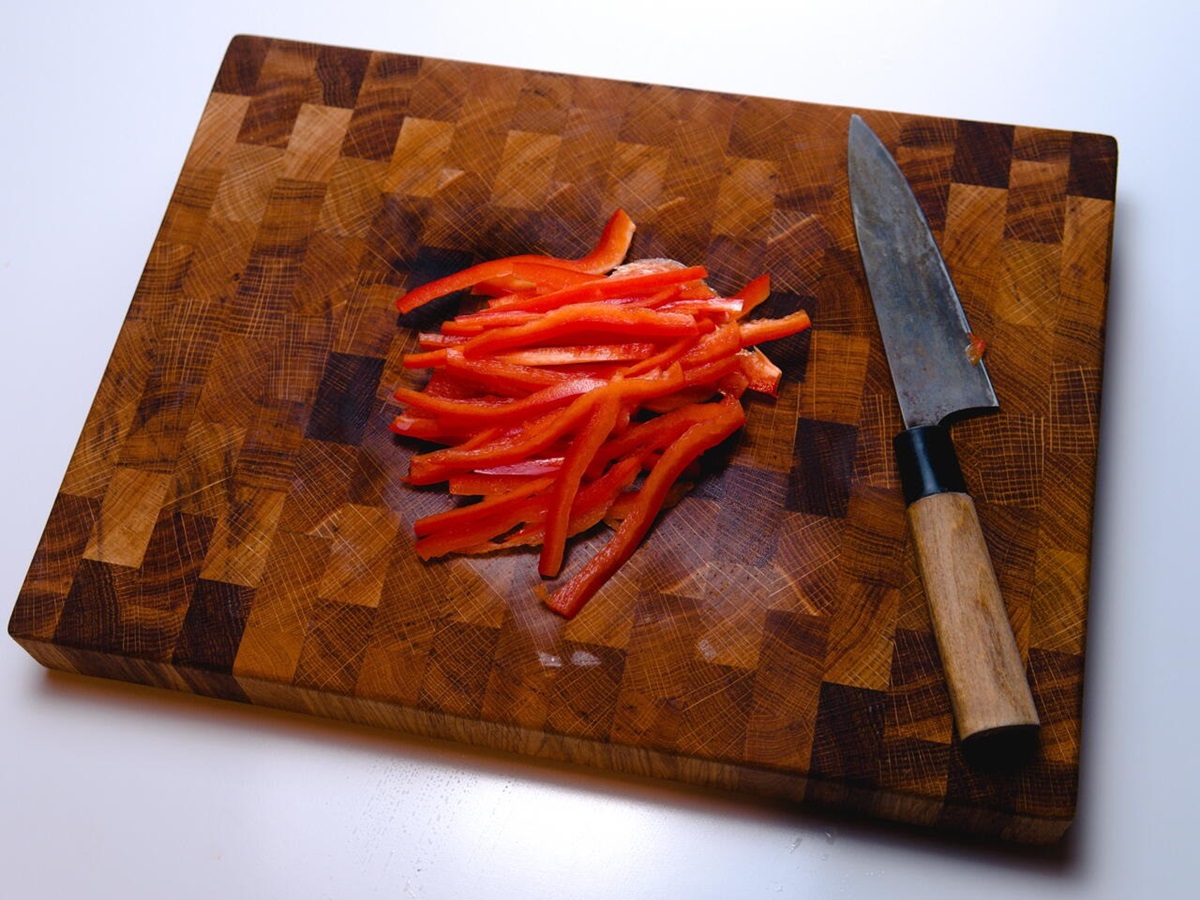Cutting banana peppers is simpler than you might think, transforming them into perfect additions for salads, sandwiches, or spicy dishes. Start by washing your peppers thoroughly under cold water to remove any dirt. Next, slice off the stem end and decide whether you want rings or strips. For rings, keep the pepper whole and slice it crosswise. If you prefer strips, first halve the pepper lengthwise, then remove the seeds and membrane for less heat. Using a sharp knife, cut the halves into thin or thick strips based on your recipe needs. Always wear gloves to avoid skin irritation from the capsaicin.
Gather Your Ingredients
- Fresh banana peppers
- Cutting board
- Sharp knife
- Gloves (optional, but recommended to avoid skin irritation)
- Bowl or container for the seeds
- Jar or container for storing the sliced peppers
Essential Tools for Cutting
- Sharp knife
- Cutting board
- Gloves (optional, but recommended for sensitive skin)
- Bowl or container for the seeds
- Colander (for washing)
When cutting banana peppers, wear gloves to avoid skin irritation. Slice off the stem, halve lengthwise, and remove seeds for a milder taste. Always use a sharp knife for precision.
The Benefits of Cutting Banana Peppers
Cutting banana peppers correctly enhances their flavor and texture in dishes. This process involves removing the seeds and slicing the peppers thinly. Proper preparation ensures that these vibrant, tangy vegetables contribute just the right amount of kick to your meals, making every bite perfectly balanced between spicy and sweet.
Handling banana peppers with care is crucial to avoid irritation from the capsaicin. Wearing gloves during cutting can protect your skin and eyes from the spicy oils. This careful approach ensures a pleasant cooking experience, allowing the unique flavors of the banana peppers to shine through in your culinary creations.
Your Step-by-Step Cutting Guide
Step 1: Gather Your Tools
- Sharp knife: A chef's knife or a serrated knife works best for cutting through the skin without crushing the pepper.
- Cutting board: Choose a non-porous board to avoid absorbing flavors.
- Gloves: Optional but recommended to protect your hands from the pepper's capsaicin.
Step 2: Wash the Peppers
- Rinse banana peppers under cold water to remove any dirt or pesticides.
- Pat them dry with a clean towel to ensure a safe cutting process.
Step 3: Remove the Stem
- Hold the pepper by the stem.
- Slice around the top of the pepper to remove the stem and a small portion of the top.
- Discard the stem.
Step 4: Slice Lengthwise
- Place the pepper flat on the cutting board.
- Slice it in half lengthwise from the top where the stem was to the bottom tip.
- This exposes the inner seeds and membranes.
Step 5: Remove Seeds and Membranes
- Use the knife's tip or a small spoon to scrape out the seeds and white membranes.
- For less heat, ensure all seeds and membranes are removed, as they contain most of the capsaicin.
Step 6: Cut into Desired Shapes
- For rings: Hold the halves flat and slice across the width to create rings.
- For strips: Place the halves skin side down and slice lengthwise into strips.
- For diced peppers: First, cut into strips, then turn and cut across to create small diced pieces.
Step 7: Store or Use Immediately
- If not using right away, store the cut peppers in an airtight container in the refrigerator.
- Freshly cut banana peppers are best used within a few days for optimal flavor and crunch.
Cleaning Up
- Wash your cutting board and knife immediately with hot, soapy water.
- If you wore gloves, dispose of them to avoid spreading capsaicin to your skin or eyes.
- If not using gloves, wash your hands thoroughly with soap and water after handling the peppers.
Mastering the Art of Banana Pepper Prep
Cutting banana peppers is a breeze once you've got the hang of it. Remember, wearing gloves can save you from a spicy surprise later on. Whether you're slicing them for a zesty addition to salads, dicing for a spicy kick in salsas, or prepping for pickling, the right technique makes all the difference. Start by removing the top, scooping out the seeds if you prefer a milder flavor, and then slice or dice to your heart's content. With these simple steps, you're well on your way to adding a delicious, tangy twist to your dishes. So, grab some banana peppers and start experimenting. Who knows? You might just discover your new favorite recipe.
More Delicious Recipes Featuring Banana Peppers
Now that you've mastered cutting banana peppers, it's time to put your skills to the test with some delectable recipes. A good starting point is the Mediterranean Greek Salad Recipe—a refreshing blend of flavors where your pepper cutting precision will shine. For pizza lovers, the Homemade Banana Pepper Pizza Recipe is a must-try, providing a perfect balance of spicy and savory. If you're in the mood for something with a bit more kick, the Spicy Banana Pepper Salsa Recipe will not disappoint. Another highly recommended dish is the Banana Pepper and Tomato Bruschetta Recipe, where the crispness of your peppers will complement the juiciness of tomatoes beautifully. These recipes are just the beginning. Experiment with each to discover how your newly honed skill enhances the flavors and textures of each dish.
All Your Questions Answered
How do I choose the right banana peppers for cutting?
Look for banana peppers that are firm, bright in color, and free from blemishes or soft spots. Fresh ones will give you the best flavor and texture for your dishes.
What tools do I need to cut banana peppers?
A sharp knife and a cutting board are essential. For those who are sensitive to capsaicin, the compound that makes peppers hot, wearing gloves can prevent skin irritation.
Is there a specific way to cut banana peppers for different recipes?
Absolutely! For salads or sandwiches, slicing them into rings works well. If you're stuffing them, a lengthwise cut to remove the seeds and membranes is best. Dicing them finely is perfect for salsas or relishes.
How do I handle the seeds and membranes?
Carefully remove the seeds and membranes with a spoon or the knife's tip if you prefer milder flavors. These parts contain most of the heat, so leaving some behind can add a spicy kick to your dish.
Can I cut banana peppers ahead of time?
Sure thing! Cut banana peppers can be stored in an airtight container in the refrigerator for up to a week. However, they're best used fresh to maintain their crunch and flavor.
What's the safest way to cut banana peppers without touching them directly?
Using a fork to hold the pepper steady while you slice can minimize direct contact. This technique is especially handy if you've forgotten gloves but still want to avoid the burn.
Any tips for cleaning up after cutting banana peppers?
Wash your cutting board, knife, and any other surfaces with hot, soapy water immediately after use. Capsaicin can linger on surfaces and cause irritation if not thoroughly cleaned.
Was this page helpful?
Read Next: How To Cut A Bell Pepper For Fajitas
